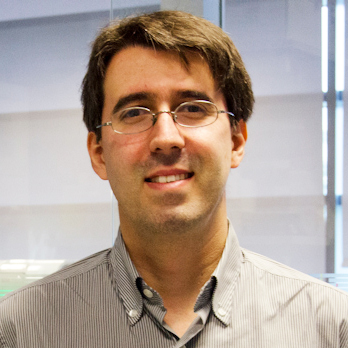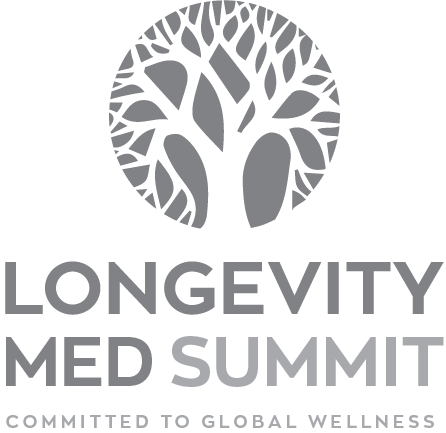Stem cell therapy and research are offering new benefits to patients with limited treatment options offered through traditional methods. Regenerative medicine centers all over the world are working on different cell types to meet this need. Selecting a suitable cell type and tissue source for human clinical applications in the field of regenerative and anti-aging medicine is an important challenge. The ethics issues around the embryonic cells tumor formation, and rejection make it a less interesting candidate for clinical applications. Other sources of stem cells are induced pluripotent stem cells (iPS cells). There are still several issues on the processes adopted to produce the iPS cells from adult stem cells for therapeutic purposes that limit their utility. In sharp contrast, progress with adult stem cells has been impressive. Since mesenchymal stem cells (MSCs) can be easily harvested from the adipose tissue and can also be cultured and expanded in vitro they have become a good target for tissue regeneration. They have a broader differentiation capacity than previously thought, since they give rise to cell types of multiple tissues. The continuing debate here is about what cells, allogeneic or autologous, are the safer option for clinical applications. Over the past few decades, allogeneic stem cells have been recognized as good sources of stem cells for transplantation. However, despite several advantages and the high therapeutic potential of this approach, there are important concerns related to long-term side effects, regulatory-compliance, immunogenic response and infection incidence rates. In contrast, cell-based therapies based on autologous cells derived from adipose tissue offer exceptional high safety profile and clinical outcomes.







